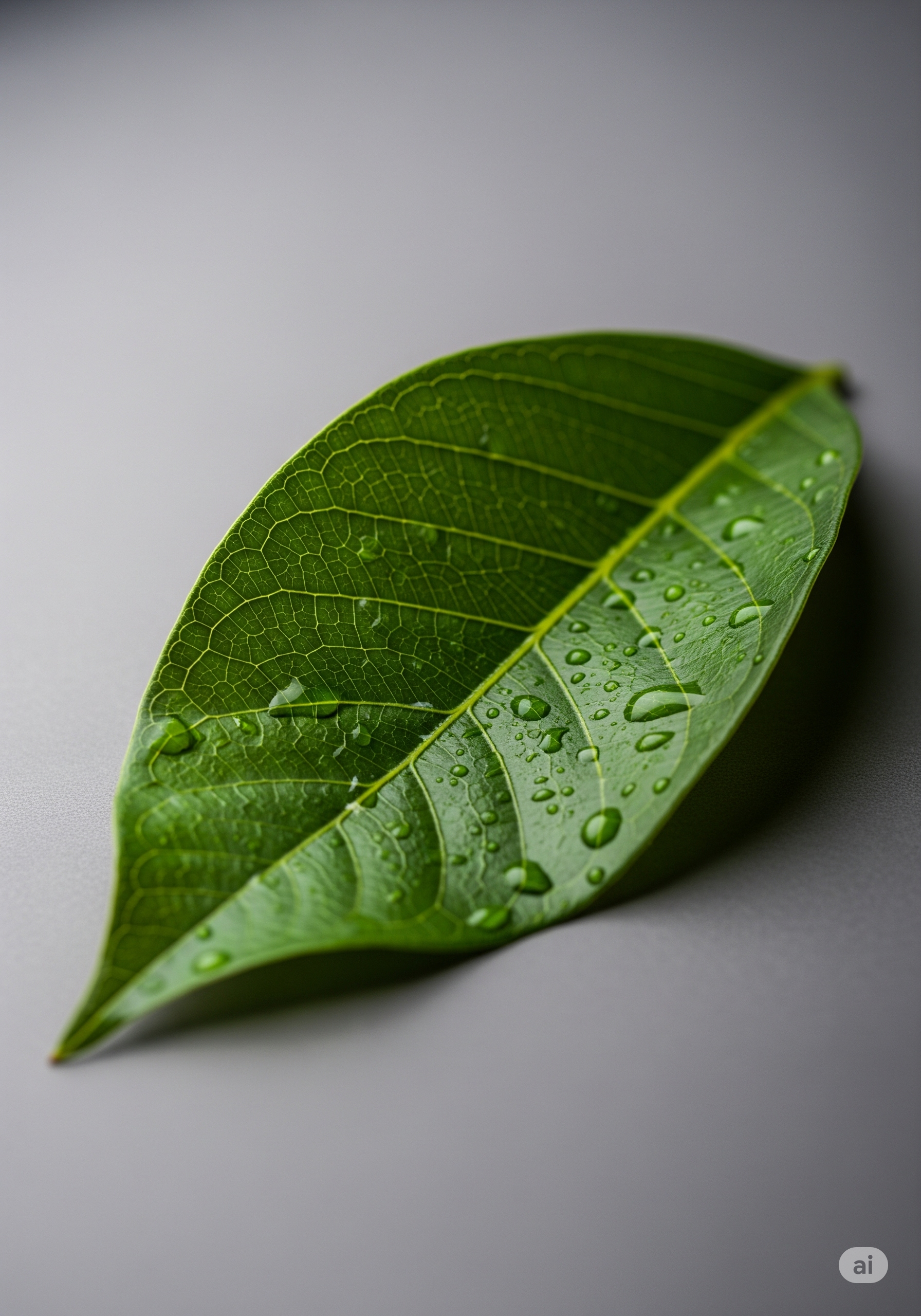Snuff Box Tree (Snuifkalbassie) #
Oncoba spinosa

Quick Info #
- Distribution & habitat: Mpumalanga and further north – bushveld and riverine fringe forest
- Family: Salicaceae
- Florescence: September to January
- Fruiting: April to July
- Leaf habit: evergreen
- Name origin: “oncoba” is derived from “onkub”, which is the Arabic name for the North African species, and “spinosa” refers to the spines
- Other names: fried egg tree
Description #
The snuff box tree is often only a shrub and reaches a maximum of about 8–13 metres in length. The ovoid leaves grow singly and are thin, hairless and leathery. The large, snow-white, pleasantly-aromatic flowers look similar to roses and have a central mass of yellowish stamens. The roughly spherical fruits are hard and smooth with pointed tips.
The tree is adorned with short, sharp thorns and has fairly smooth bark of a mottled grey. The small fruit is roundish and has a hard shell. Inside is sour, yellowish flesh containing seeds.
Uses & Ecology #
The namesake utility is the making of snuff boxes from the tree’s hard-shelled fruit. The fruits are also used as rattles when the dry seeds are left inside. The fruit pulp can technically be eaten, but it is not great-tasting.
The roots are used in traditional African medicine to treat bladder complaints and dysentery. Oncoba spinosa is also used in traditional Congo medicine as a panacea.
The wood can be used for things like cabinetry and inlay. It is also used for fuel.
References #
- Behr, K. (2004) Oncoba spinosa. Available at: https://pza.sanbi.org/oncoba-spinosa (Accessed: 11 November 2025)
- Fern, K. (2025) Oncoba spinosa. Available at: https://tropical.theferns.info/viewtropical.php?id=Oncoba+spinosa (Accessed: 11 November 2025)
- National Parks (2023) Oncoba spinosa. Available at: https://www.nparks.gov.sg/florafaunaweb/flora/4/4/4497 (Accessed: 11 November 2025)
- Van Wyk, B & P. (1997) Field Guide to Trees of Southern Africa. Cape Town: Struik Publishers.
- Van Wyk, P. (1988) Veldgids tot die Bome van die Nasionale Krugerwildtuin. Cape Town: Struik Publishers.
Caution: Consult a qualified health practitioner before considering medically using or ingesting any plant parts. Any mentioned traditional uses are based on cultural practices and anecdotal evidence. They are not necessarily clinically proven or supported by modern scientific studies.